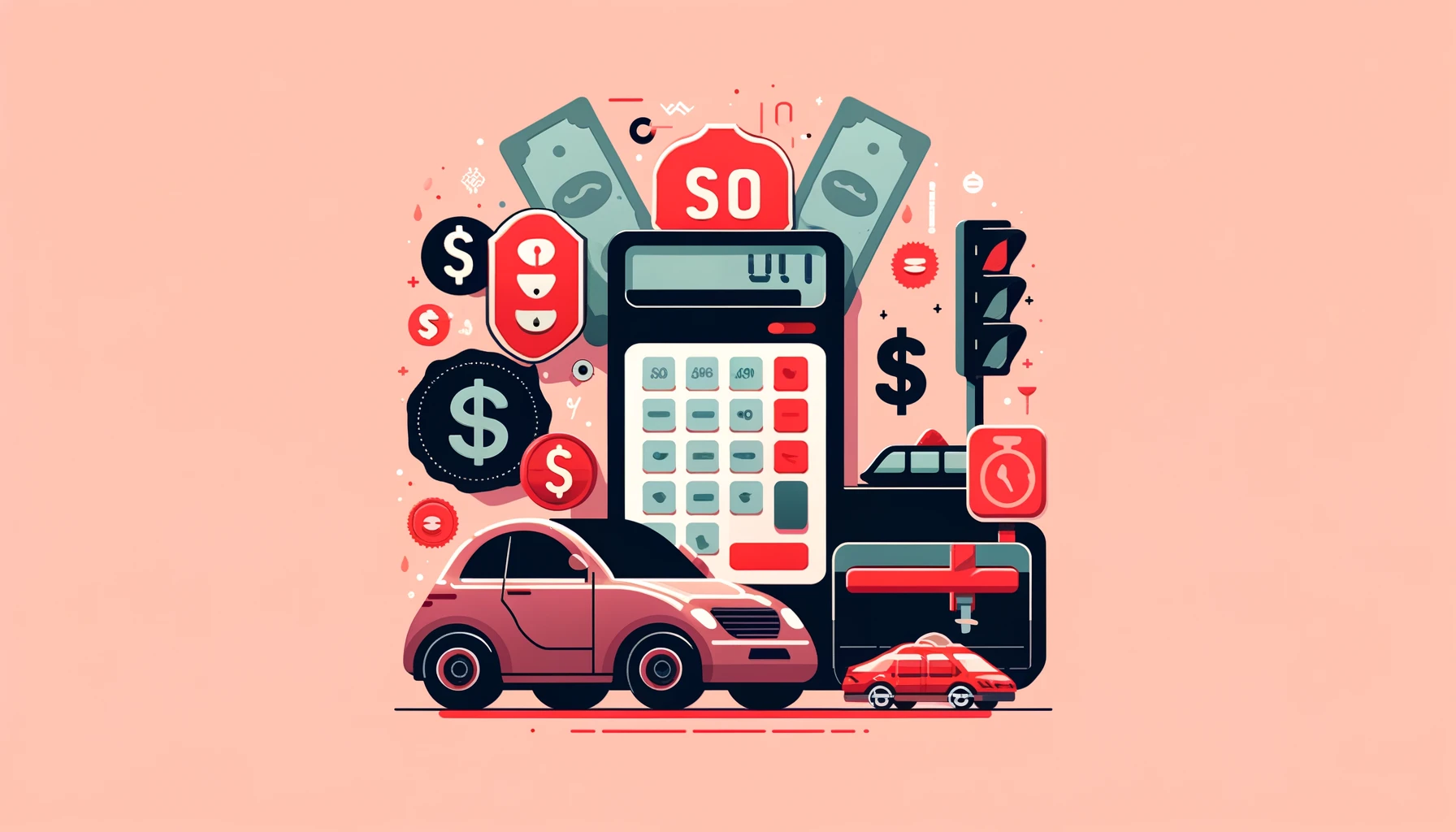Navigating the aftermath of a car accident in New York can be complex. Understanding the state’s specific car accident laws is crucial. Here are some frequently asked questions to help guide you through this process.
What Is New York’s No-Fault Car Insurance System?
New York’s no-fault car insurance system means that after a car accident, your own insurance company covers your medical expenses and lost wages, regardless of who caused the crash. This system is designed to ensure prompt payment of expenses without the need for lengthy fault determination.
What Does No-Fault Insurance Cover in New York?
In New York, no-fault insurance typically covers necessary medical expenses, a portion of lost wages, and other reasonable and necessary expenses related to the accident. It’s important to note that no-fault insurance does not cover pain and suffering or vehicle damage.
When Can I Step Outside the No-Fault System?
You can step outside the no-fault system and pursue a claim against the at-fault driver if your injuries meet a certain threshold of seriousness, often referred to as the “serious injury threshold.” This allows you to seek compensation for pain and suffering and other damages not covered by no-fault insurance.
What Is the Statute of Limitations for Car Accident Claims in New York?
In New York, you generally have three years from the date of the car accident to file a lawsuit. This time limit is crucial as missing it can forever bar you from pursuing compensation for your injuries and related costs.
How Does Comparative Negligence Work in New York?
New York follows a pure comparative negligence rule. This means that if you are partially at fault for the accident, your compensation will be reduced by your percentage of fault. For example, if you are found to be 30% at fault, your compensation will be reduced by 30%. This applies even if you are 99% at fault—you still can recover 1% of your damages.
What Are the Requirements for Reporting Car Accidents in New York?
You must report a car accident in New York if it results in injury, death, or property damage exceeding $1,000. Failure to report can result in legal penalties, including the suspension of your driver’s license.
What Insurance Coverage Is Required for New York Drivers?
New York drivers must have liability insurance with minimum limits of $25,000 for bodily injury per person, $50,000 for bodily injury per accident, and $10,000 for property damage. This coverage is crucial for meeting state legal requirements and providing basic protection in the event of an accident.
What Should I Do If Involved in an Accident with an Uninsured or Out-of-State Driver?
If you’re involved in an accident with an uninsured or out-of-state driver, you should still follow the standard procedure of reporting the accident and exchanging information. Your own insurance may cover the damages under uninsured motorist coverage. It’s also advisable to consult with an attorney to explore your options.
Why Is Legal Representation Important After a Car Accident in New York?
Navigating the intricacies of car accident claims and insurance laws in New York can be challenging. Legal representation will help protect your rights, navigate the claims process effectively, and advocate for the full compensation you deserve.
Understanding New York’s car accident laws is essential for anyone involved in a vehicle collision in the state. If you have further questions or need assistance with a car accident claim, don’t hesitate to reach out for legal guidance.
Contact me at 480-381-1015 for a consultation tailored to your specific situation.
